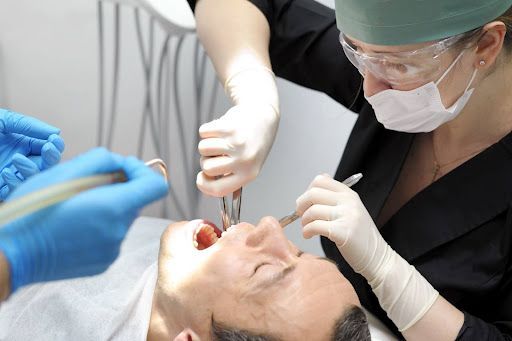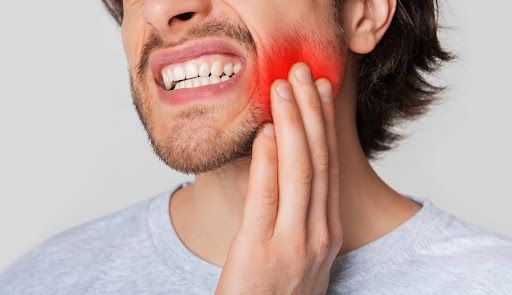Oral Cancer Risk Factors
November 20, 2013
Last week we discussed what you should know about oral cancer. This week we will go more in depth about what the risk factors are for oral cancer and what you can do (if anything) to help decrease your chances of being diagnosed with oral cancer.
Tobacco Use
Tobacco, in all it’s forms, is the largest contributor to the development of oral cancer. There is no safe way to use tobacco. The more cigarettes you smoke in a day, the greater your risk of developing cancer. The best thing you can do to avoid oral cancer is to stop using tobacco products completely. Quitting tobacco use at any time is beneficial to your health. If you have already developed cancer, quitting lessens your risk of developing other types of cancer. Using tobacco in conjunction with consuming alcohol significantly increases your chances of developing oral cancer.
Heavy Alcohol Use
Heavy alcohol drinkers are more likely to develop oral cancer, than social drinkers. The more often you drink, the more you put yourself at risk of developing oral cancer. To decrease your risk, drink in moderation or not at all. As we said before, pairing alcohol use with tobacco use increases your risk of oral cancer.
HPV Infection
Increasingly younger and non-smoking individuals are being diagnosed with oral cancer. Studies have shown that a likely cause for this increase is due to the Human Papillomavirus which can be transmitted by sexual contact. According to the National Cancer Institute, “The incidence of HPV-associated oropharyngeal cancer has increased during the past 20 years, especially among men. It has been estimated that, by 2020, HPV will cause more oropharyngeal cancers than cervical cancers in the United States.” To help protect yourself against infection, it is best to limit your number of sexual partners and to use safe sex practices.
Age
This is a risk factor that you cannot control. As we age, our immune systems become less efficient. This leads to more disease, and also makes you more susceptible to oral cancer. Generally, over the age of 40 you should make sure that you have an oral cancer screening once a year. Be aware of any lesions you find in your mouth and have a dentist check them out as soon as possible. The best ways to protect yourself from oral cancer is to be aware of the risk factors and to get an annual screening. Now that you know the lifestyle risk factors that contribute to oral cancer, you will be better able to avoid them and reduce your chances of oral cancer. The next step you can take is to discuss oral cancer screening options with your dentist.
At our Evanston dentist office we do a yearly visual oral cancer exam for all our patients. We also offer an advanced screening that allows us to better identify questionable lesions before we would be able to see them under normal conditions. This advanced screening helps increase your chances of discovering oral cancer early when it is much easier to treat. As early detection drastically increases your survival rates of oral cancer, we recommend this advanced screening to all of our patients, especially those with elevated risk factors. To learn more about oral cancer, you can visit The Oral Cancer Foundation’s web page.
The post Oral Cancer Risk Factors appeared first on Stephens Dentistry.







